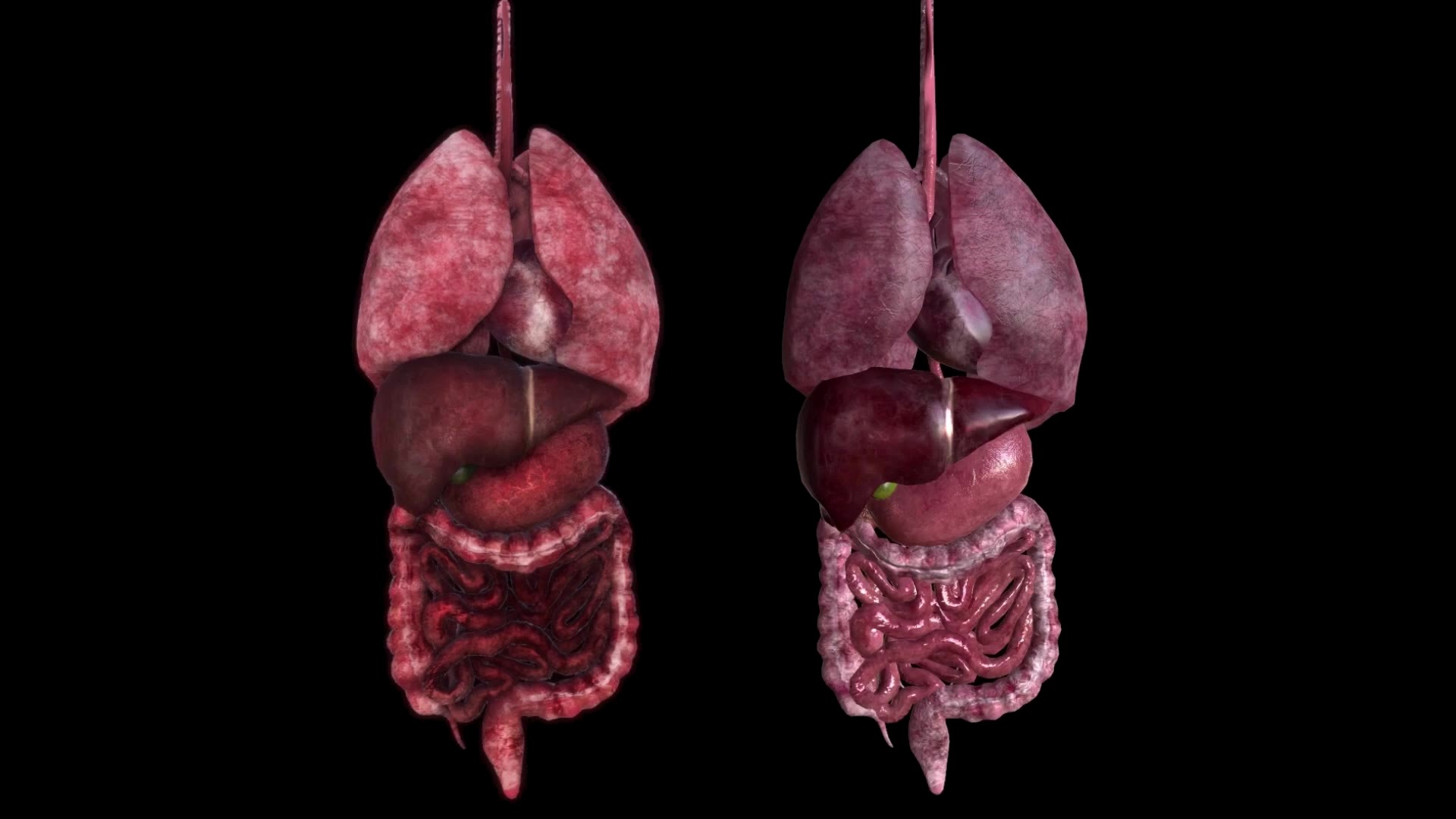Guided Project SS25_07 »Subsurface Scattering for Rendering Medical Data in VR«
Organizational Details
- Supervisor(s)
- Prof. Dr. Florian Niebling
- Team size
- 2-4
- Language
- English
- Start
- not yet decided
- Offered as
- GP-DIP (12 ECTS)

The secret to relevant medical imagery is below the surface. As light shines onto tissue, some of it enters the skin and bounces around inside. This causes the light to scatter in all directions, and escape at points that are a distance away from where they entered, creating a soft, warm glow that appears to come from within the skin. This effect is called subsurface scattering, and simulating this complex phenomenon is crucial when recreating organic materials in film, video games, and medical training. Without accurately simulating subsurface scattering, medical imagery risks not only being inaccurate, but also potentially misleading.
Immersive patient simulators (IPSs) combine the simulation of virtual patients with a three-dimensional (3D) environment and, thus, allow an illusionary immersion into a synthetic world, similar to computer games. Playful learning in a 3D environment is motivating and allows repetitive training and internalization of medical workflows (ie, procedural knowledge) without compromising real patients.
The University Hospital Cologne (Uniklinik) develops and uses surgical training applications in immersive VR environments. The goal of this Guided Project ist to compare physically-based rendering approaches to traditional rendering of organs, especially the liver, in VR applications. The project entails:
Students learn to develop applications in VR featuring modern rendering pipelines that enable realistic, physically-based lighting for e.g. subsurface scattering, translucency, iridescence, and anisotropy. Students learn to evaluate different rendering techniques, from traditional rasterization, ray marching and ray tracing (SSAO, SSGI, SSR, Contact or ray traced shadows), to full-frame path tracing, given hardware limitations of mobile VR environments.
Students benefit from experience with:
Priv.-Doz. Dr. med. Rabi Raj Datta Facharzt für Viszeralchirurgie | Spezielle Viszeralchirurgie Klinik und Poliklinik für Allgemein-,Viszeral-,Thorax- und Transplantationschirurgie Universitätsklinikum Köln